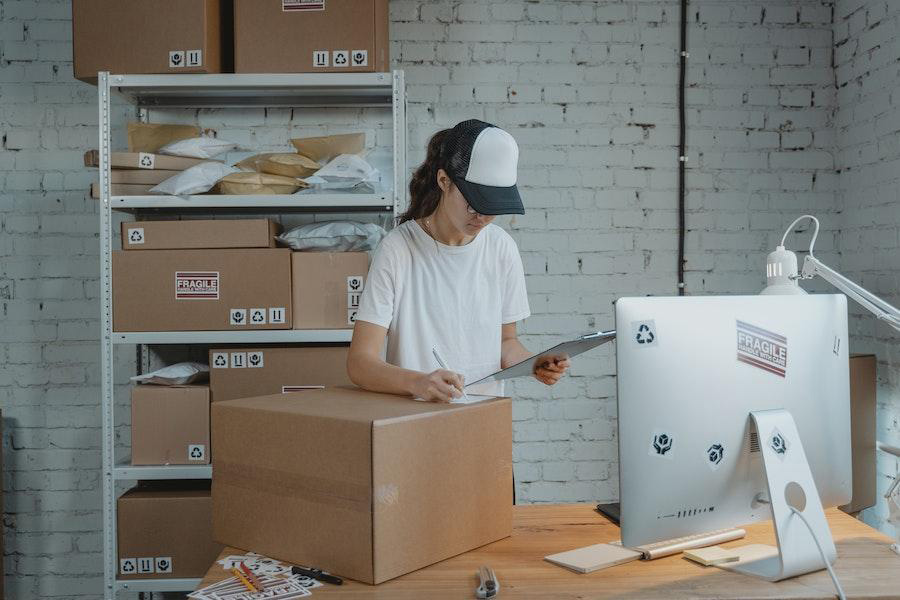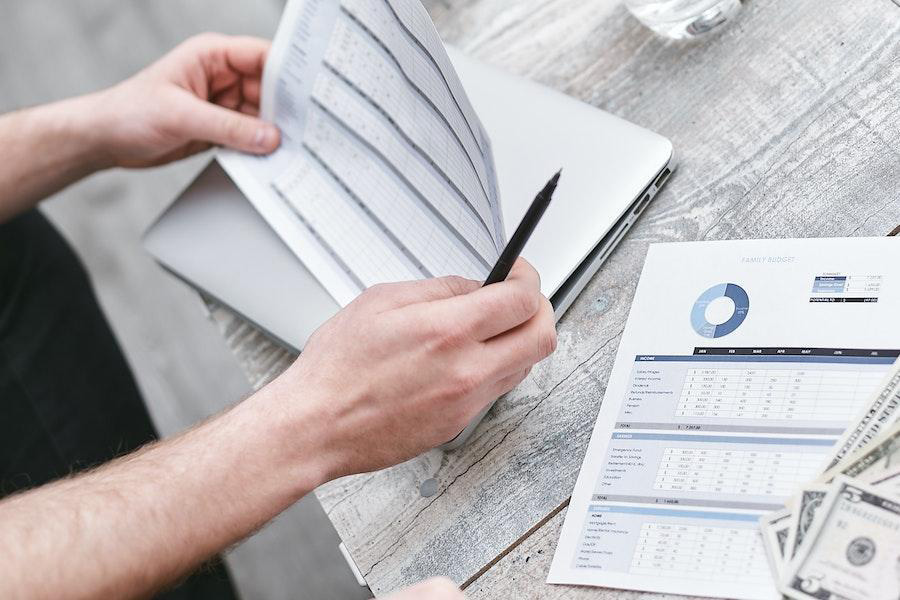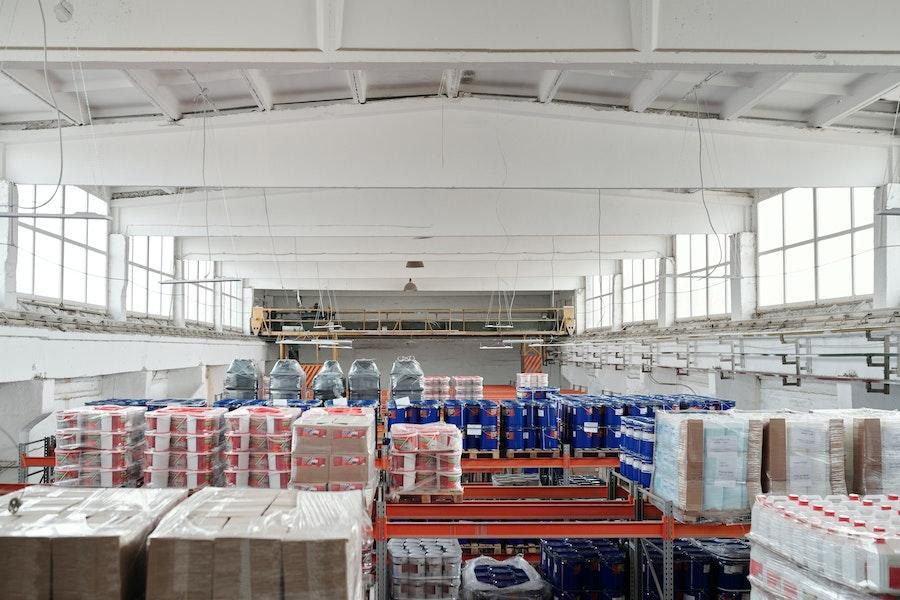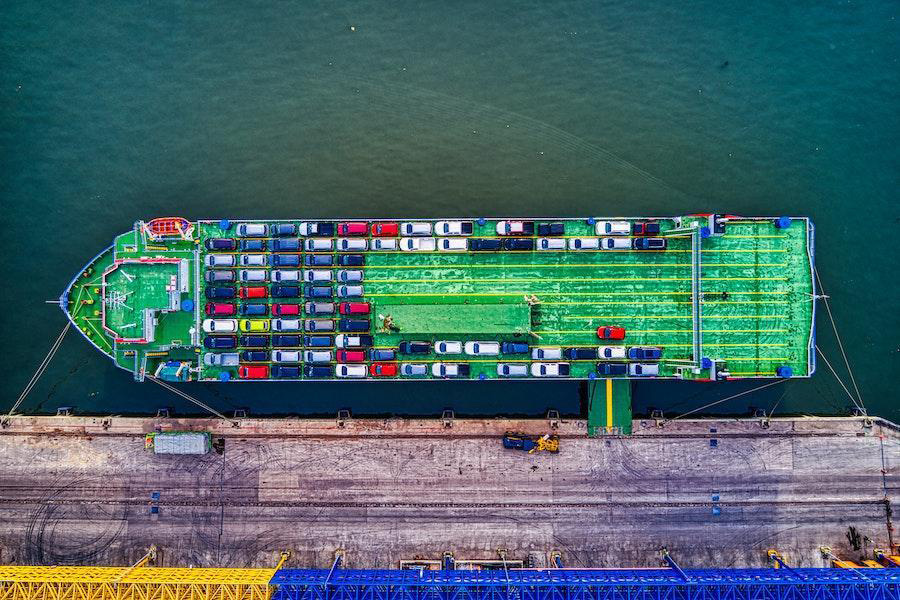Before exporting goods from China to other countries, certain custom formalities must be fulfilled. While these procedures are often taken care of by the seller in China, it’s important for overseas buyers to be informed and collaborate as needed to ensure the export procedures run smoothly so that the exportation can happen without delays.
This article will give readers a comprehensive overview of China’s export Customs clearance process, including what businesses can do to ensure they can get the green light from China Customs and export their goods successfully.
Table of Contents
The basics on exporting from China
The clearance process of China’s export Customs
The parties involved in the export clearance process
Export compliance
Wrapping up
The basics on exporting from China
An overview of China Customs
China Customs has a vertical management system divided into three levels: the General Administration of Customs (GAC), the Direct Customs Offices under GAC, and the Subordinate Customs Offices.
The General Administration of Customs is a ministry-level state agency controlled by China’s state council. They also have direct control over the second, Direct Customs level. Direct Customs Offices under GAC are in charge of Customs affairs in designated areas and the implementation of Customs laws, policies, and regulations. They also answer solely to the GAC.
The Subordinate Customs Offices are responsible for organizing different Custom operations and centralized document reviews in specific districts.
Currently, GAC has a total of 42 Direct Customs Offices under its jurisdictions, located in 31 provinces, municipalities, and autonomous regions. There are a total of 562 Subordinate Customs Offices supervising over 300 ports across the country.
What are the responsibilities of China Customs?
They include:
- Customs risk management
- National comprehensive anti-smuggling work
- Organizing and promoting the construction of custom clearance infrastructures at ports
- Collecting and managing import and export duties, taxes, and fees
- Formulating and organizing the implementation of Customs science and technology development plans
- Handling the national import and export of goods, trade, and other Customs statistics
- The inspection and quarantine of entry-exit animals, plants, and applicable products
- Statutory inspection of import and export commodities
- International exchanges and cooperation in the Customs field
What are the requirements for exporting through China Customs
Export duties
In most cases, businesses are not imposed tariffs on their exports. China Customs only levy export tariffs on a few semi-finished, finished, and resource products.
Export VAT refund
Exporters will only be eligible for export VAT refunds from China Customs if their goods meet the following four conditions:
- The goods must be within the scope of value-added tax and consumption tax levy
- The goods must have an export declaration and be ready to leave China physically
- The goods must be booked for export sales in financial records
- The goods must have been reconciled for foreign exchange purposes after receiving forex payment
Inspection and quarantine

China Customs follow the legal procedures for goods subject to mandatory inspection and quarantine requirements before releasing them for export. Certain products that are not subject to mandatory inspections may still be randomly selected by Customs for inspections.
The export of unique items, like microorganisms and human tissues, must go through China’s health and quarantine procedures. Similarly, products involving plants, animals, and food will go through the plant, animal, and food quarantine procedures.
Export prohibition and restriction
China restricts and bans the export of specific goods for certain reasons, including social and public interests, resource protection, national security, and environmental protection.
Export restrictions on subject commodities are managed through various local mechanisms, including export quota, export licensing, and export foreign exchange management measures. In addition, goods related to safeguarding national security and fulfilling international obligations, like military and dual-use items, will be controlled under an export licensing system.
Customs supervision methods
Customs supervision implies that the Customs can control the entry-exit activities of goods, articles, and vehicles through various administrative systems and procedures. It’s a state function that ensures all entry-exit activities comply with China’s laws and policies to maintain national interest and sovereignty.
China bases its supervision method on the transaction method of import and export goods in international trade. Hence, Customs set specific supervision methods according to the taxation, supervision, and statistics conditions of import and export goods.
Some standard export supervision methods include 0110 (General Trade), 1039 (market procurement), 1210 (bonded cross-border trade e-commerce), 9610 (cross-border e-commerce B2C), 9710 (cross-border e-commerce B2B), and 9810 (cross-border e-commerce export to overseas warehouses).
The clearance process of China’s export Customs
Company registration for the right to export
First, businesses must register with China Customs to obtain the right for export and import. However, businesses without import and export rights can still export through foreign trade companies.
Documentation preparation
Documents required for export declarations from China Customs include:
- All essential information about the goods declared for export. Examples include commodity names, HS codes, intellectual property rights, country of origin, Customs value, etc.
- All accompanying documents required for export, including; commercial invoice, packing list, bill of lading, contract, reconciliation form, etc.
- Other applicable forms and certificates, such as export license, dangerous goods packaging certificate, and declaration form.
- If subject to inspection and quarantine, applications for export inspection and quarantine
Export declaration to China Customs
Exporters can use custom brokers to declare exports to China Customs on their behalf. Alternatively, they can use the “National Single Window” to send their export declaration data to China Customs directly.
Additionally, companies must submit their export declaration within 48 hours after transporting their goods to Customs’ supervision areas. They must also pay the fees and taxes (if any) levied on the goods early and submit all relevant documents.
Customs’ review of documents

China Customs system can pass reviews and release goods automatically if the declaration falls under a “low-risk” category. But if Customs has doubts about the goods, they can transfer them for manual review. They will reject goods that fail to meet any requirements, request a re-declaration, or return them to the Customs system for reprocessing.
Product release/export

Goods can finally leave the country after China Customs clears and releases them. Businesses must submit necessary documents to ensure fast product release and export.
The parties involved in the export clearance process
Domestic shipper
These are the parties responsible for shipping goods within the country’s borders.
Manufacturers/Suppliers
These are the people or companies producing goods for export. They also supply the commodities to the distribution center.
Declarants
Declarants are usually the custom brokers. Their role is to prepare and send export declarations to China Customs on the exporter’s behalf.
Freight forwarders
Freight forwarders are the intermediaries that organize shipments to move goods from the manufacturer to the final distribution point. They don’t ship the goods themselves but will offer different transport modes, such as air freight, sea freight, and land transportation.
Warehousing providers
Warehousing providers offer inventory, storage, receiving, shipping, sorting, processing, and delivery services to businesses in foreign and domestic markets.

Cross-border e-commerce companies
These companies establish a platform or marketplace for international traders to transact online. It can be between two businesses (B2B), a retailer and a consumer (B2C), or two private persons (C2C).
Consolidator
Consolidators are companies or people that combine cargo from different shippers into a container.
Export compliance
Smuggling
Actions in violation of China Customs’ laws and regulations to evade Customs’ supervision, illegally transport, carry, or mail banned or restricted goods for import and export, or evade payable duties and other import and export taxes, can be considered the act of smuggling by China Customs.
Export violations
Practices China Customs identify as export violations include:
- Infringement of intellectual property rights
- Exporting restricted or prohibited goods without due process
- Presenting false or inaccurate declarations that affect Customs statistics, license management, supervision order, foreign exchange management, tax supervision order, export tax rebate management, etc.
- Exporting goods that require inspection and quarantine without the correct procedures
- Exporting goods not meeting quality standards
Consequences/penalties for violations
China’s export Customs have the right to stop commodities that violate export requirements. They can also ban businesses that try to export without obtaining export rights or Custom registration.
China Customs can confiscate any illegal goods and may impose a heavy penalty. Some businesses may receive reduced penalties or exemptions if they willingly disclose or slightly breach China’s Custom provisions.
Wrapping up
Customs are necessary for businesses looking to explore goods from other countries. It’s a country’s first line of defense against contrabands and restricted commodities. China Customs offer exporters and importers a strict process that can nonetheless be fast if they follow all the rules.
Businesses also need to prepare the necessary documents before starting the export process, as well as considering the parties they’ll involve in the process. Choosing services to represent your business in China may speed up or slow down the process.
Most importantly, however, exporters and importers must ensure their exports comply with China’s export regulations.

Looking for a logistics solution with competitive pricing, full visibility, and readily accessible customer support? Check out the Chovm.com Logistics Marketplace today.





 বাংলা
বাংলা Nederlands
Nederlands English
English Français
Français Deutsch
Deutsch हिन्दी
हिन्दी Bahasa Indonesia
Bahasa Indonesia Italiano
Italiano 日本語
日本語 한국어
한국어 Bahasa Melayu
Bahasa Melayu മലയാളം
മലയാളം پښتو
پښتو فارسی
فارسی Polski
Polski Português
Português Русский
Русский Español
Español Kiswahili
Kiswahili ไทย
ไทย Türkçe
Türkçe اردو
اردو Tiếng Việt
Tiếng Việt isiXhosa
isiXhosa Zulu
Zulu